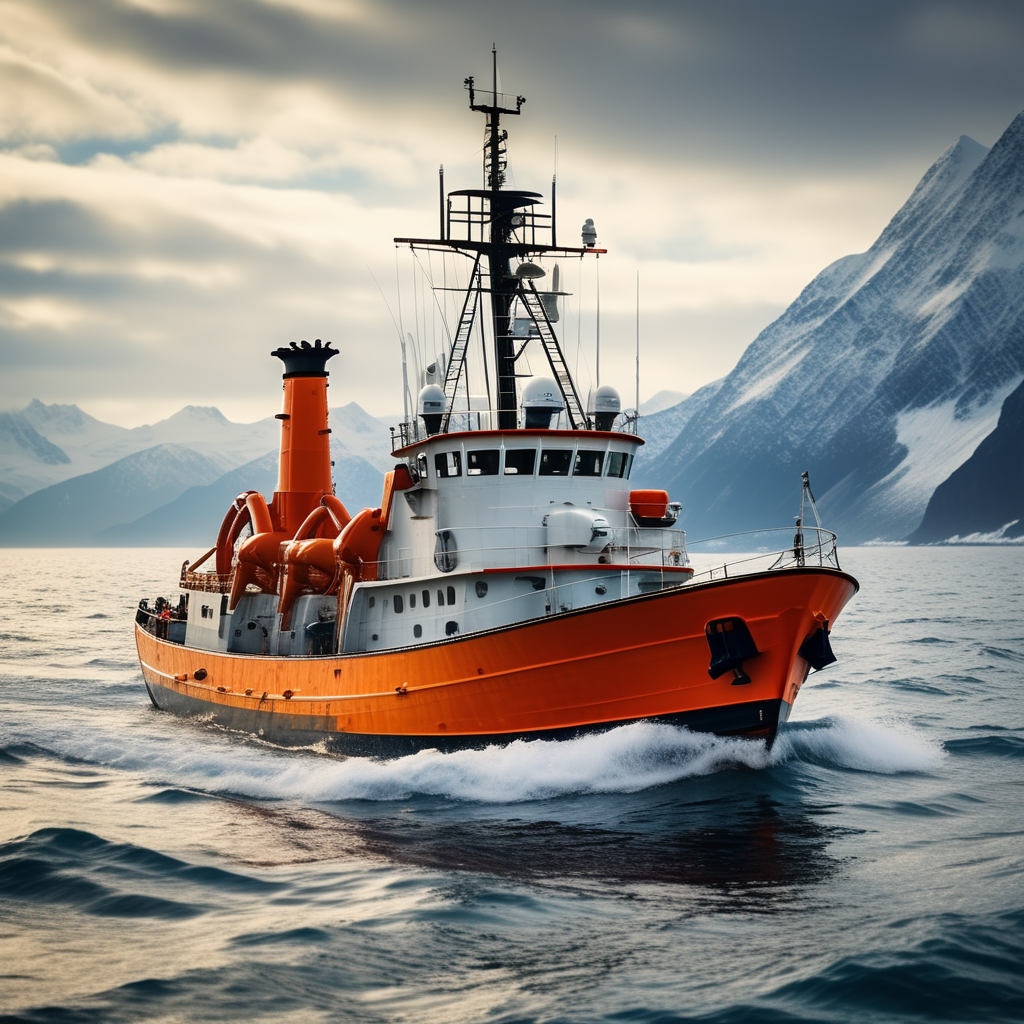Neglected Histories and Missed Narratives
The history of the U.S. Coast Guard often remains in the shadows, overshadowed by more prominent narratives of the military branches. Retired Commander Gary M. Thomas, an alumnus of the U.S. Coast Guard Academy and the Executive Director of the Foundation for Coast Guard History, shed light on this issue during his talk at American Legion Madera Post 131 for The Desert Coasties, a local group of Coast Guard veterans.
Thomas emphasized a crucial aspect: the Coast Guard’s historical negligence. Unlike other branches, the Coast Guard didn’t prioritize documenting its endeavors. While the Marines and Army meticulously chronicled their actions post-war, the Coast Guard swiftly refueled and returned to its missions, neglecting its own historical documentation for years. The absence of a dedicated historian staff further aggravated this oversight.
Uncovering World War II Contributions
During the discussion, Thomas zoomed in on the Coast Guard’s significant involvement in World War II, specifically highlighting the often overlooked contributions of supply ships in the Pacific Theater. Notably, he spotlighted Joe Ferrang, a 97-year-old Coast Guard veteran who served on an FS-167 freighter supply ship in the southwest Pacific during the war. Ferrang’s firsthand experiences have been instrumental in unraveling this particular facet of Coast Guard history.
Unacknowledged Heroism and Battles Fought
While the Coast Guard’s primary known role involved patrolling U.S. coasts for enemy threats, Thomas emphasized that they were actively engaged in battles and pivotal moments during the war:
- In September 1941, a Coast Guard crew captured the first German vessel off Greenland before the U.S. officially entered the war.
- They were credited with shooting down a Japanese kamikaze in the Pacific Theater and capturing the first German sub off the coast of North Carolina in 1942.
- Coast Guard-operated supply vessels faced attacks, with at least six vessels being torpedoed or hit by suicide bombers.
- Remarkably, they successfully sank 10 submarines during World War II.
Overlooked Sacrifices and Heroic Acts
Douglas A. Munro, a Coast Guard Signalman First Class, received the Medal of Honor posthumously for his heroic rescue of hundreds of Marines at Guadalcanal in 1942. These documented accounts represent only a fraction of the Coast Guard’s immense contributions during the war.
Challenges and Lost Histories
However, the Coast Guard’s fragmented operations under the Department of the Navy hindered cohesive historical documentation. Operating over 800 Coast Guard vessels, alongside Navy and Army vessels, contributed to a fragmented narrative. Approximately 7,000 Coast Guard personnel participated in the war effort at its conclusion.
Beyond World War II: Continuity of Service
Despite the overlooked history from World War II, the Coast Guard continued its active involvement in subsequent conflicts. From the Gulf Wars onward, the Coast Guard played pivotal roles in protecting ports and providing mission support.
Conclusion
The historical narrative of the U.S. Coast Guard has long been overshadowed by other military branches’ more prominent stories. Retired Commander Gary M. Thomas’s insights and the contributions of veterans like Joe Ferrang unveil a rich history of sacrifices, heroism, and significant yet unacknowledged contributions to pivotal moments in history. It’s essential to acknowledge and document these narratives to ensure the Coast Guard’s enduring legacy in safeguarding the nation’s interests and security.








Leave a Reply